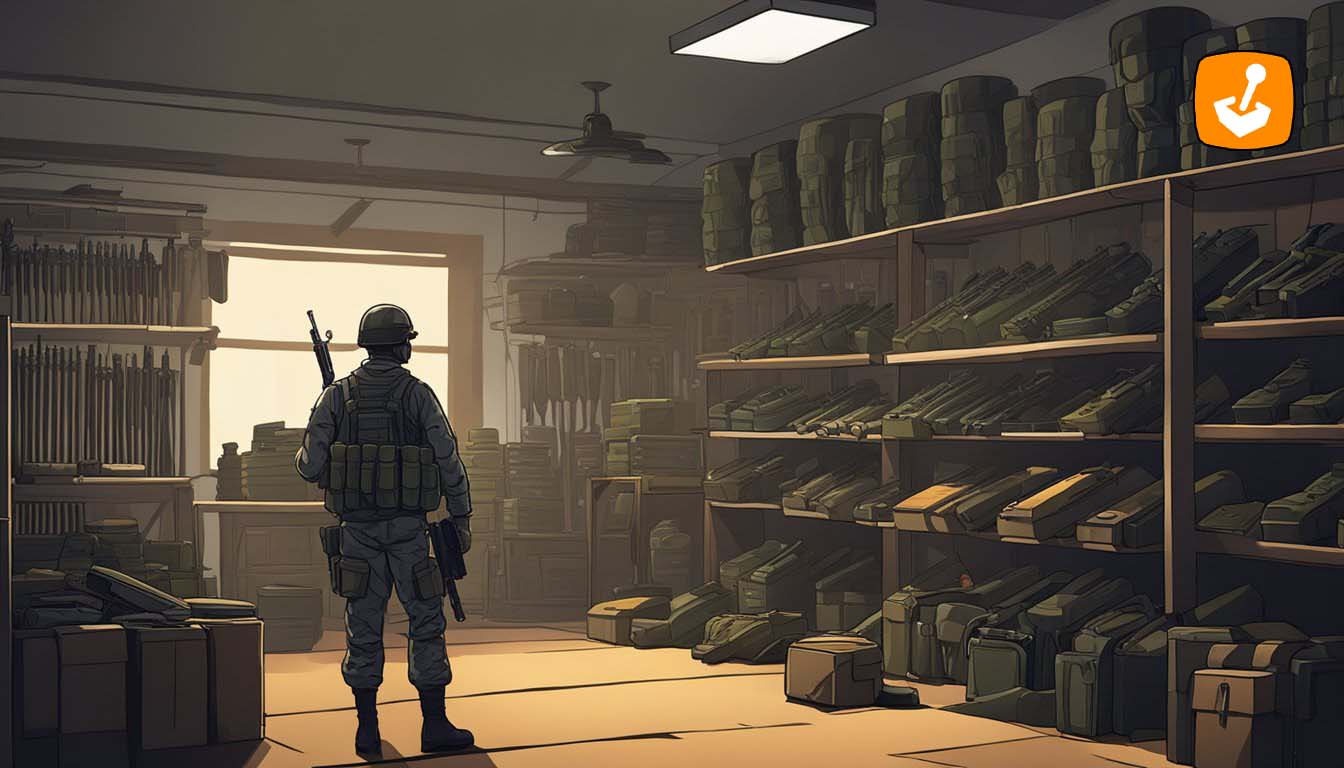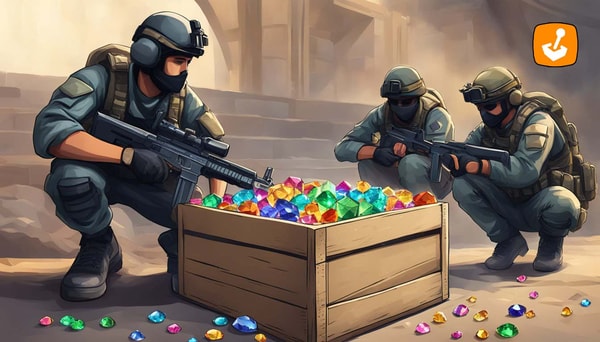How to Manage Your Inventory in CS2 (CSGO): Essential Tips for Efficient Organization
Published:
Posted in CS2 Tips#skincade— 3 min read
Managing an inventory in CS2 can seem complex, but it doesn't have to be overwhelming. Players often struggle to keep their items organized, which can lead to wasted time during gameplay. A well-managed CS2 inventory not only enhances a player's gaming experience but also makes it easier to locate items quickly and efficiently.
To get started, players can utilize various tools offered by Steam to organize their Counter-Strike 2 items. Organizing by rarity or type helps streamline access to preferred skins and weapons. In addition, understanding how to value items and track their worth is essential for smart trading and selling in the marketplace.
With the right strategies, anyone can take control of their CS2 inventory. By following a few simple methods, players can create a system that works best for them while maximizing their enjoyment of the game. Discovering effective inventory management can elevate a player’s overall performance in CS2.
Understanding CS2 Inventory Basics
Managing an inventory in CS2 (formerly CSGO) involves knowing the different types of items, understanding how their value fluctuates, and recognizing safe trading practices. This knowledge helps players enhance their gaming experience and protect their investments.

Types of Items and Their Rarities
In CS2, players can collect various types of items, including weapons, skins, stickers, containers, agents, patches, and graffiti. Each item belongs to a specific rarity category, which influences its value and desirability.
The common rarity tiers include:
- Consumer Grade: Basic items, often low in value.
- Industrial Grade: Slightly more valuable items, still fairly common.
- Mil-Spec: Often sought after by players, with moderate prices.
- Restricted: Good designs for medium prices.
- Classified: Beautiful items, often in demand.
- Covert: Highly valuable items, often in demand.
- Exceedingly Rare: Unique items worth significant amounts.
Understanding these categories assists players in assessing the worth and potential of their inventory.
Item Valuation and Market Trends
The value of items in CS2 is not static. Market trends can change based on demand, rarity, and player interest. Players should keep track of current market prices through platforms like Steam Market and third-party trading websites.
To effectively evaluate their inventory, players often check:
- Recent sale prices for similar items.
- Community feedback on current trends.
- Changes in the game's economy after updates.
Monitoring these factors helps players make informed decisions about buying or selling items.
Safe Trading Practices
Engaging in trading requires caution. Players must ensure their trades are secure to avoid scams and protect their inventory. Here are some recommended practices:
- Enable Two-Factor Authentication: This adds an extra layer of security to account activities.
- Use Verified Marketplaces: Stick to established platforms to minimize risks.
- Verify Trade Offers: Always review item details carefully before accepting any trade.
- Stay Informed: Engage with the CS2 community for insights on safety and common scams.
By following these practices, players can safeguard their items and enjoy their gaming experience.

Advanced Inventory Management Techniques
Managing an inventory in CS2 involves more than just keeping items organized. Players can maximize their loadout, enhance profits from selling, and utilize tools that help streamline the entire process.
Optimizing Your Loadout
For effective loadout management, players should focus on their most useful weapons. Prioritize guns like the M4A4, AUG, and Nova based on gameplay style. It helps to categorize items by rarity, type, or price.
Using Steam’s options, you can easily filter inventory to find what you need. Players might also consider keeping a few high-value items, such as karambits, for better trading opportunities. Keeping a balanced loadout encourages a smooth gaming experience and allows players to adapt strategies quickly.
Selling Strategies and Marketplace Usage
Selling items on the Steam Community Market (SCM) can yield good profits if done correctly. However, the SCM has very high fees and does not have the ability to cash funds back out. Players should track market trends to sell items when prices peak. Listing items and then delisting them can refresh their position in the inventory and sometimes increase visibility.
Creating a schedule to check prices regularly is crucial. Players must also factor in Steam's fees when calculating potential profits. Setting competitive prices encourages quicker sales while still allowing for profit.
Crafting a Profitable Arsenal
To create a profitable arsenal, players must assess the inventory value of their items carefully. Understanding market demand helps in choosing which items to sell and which to hold.
Conducting research on price fluctuations can reveal buying opportunities. Players should aim to acquire items at a lower price and wait for market demand to rise before selling. Monitoring sales channels can indicate when items like the karambit might sell best.
About the Author
We're the head of research at Skincade.com with 5+ years of experience. We write about CS2 strategies, game mechanics, bugs, and pro games based on our research and engagement in the CS2 community.
- 10+ Years of experience
Skincade CS2 articles come from extensive hands-on gameplay and testing.
We deliver fact-checked, detailed content to help players understand game mechanics and improve skills.
- Authority and trust
Skincade provides accurate CS2 guides with clear steps and practical examples for all skill levels.
Join our growing community of CS2 players who use our expert insights daily.
See our Editorial Policy.





